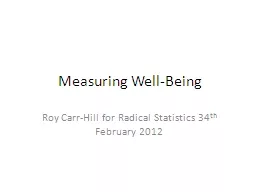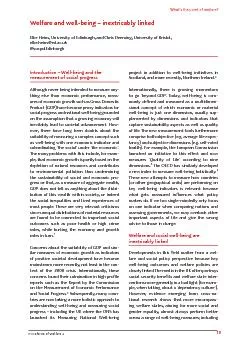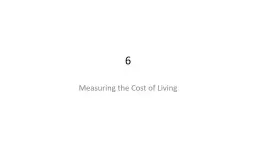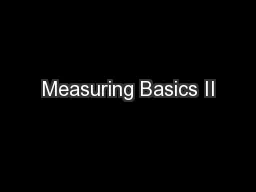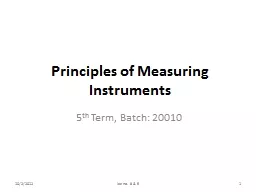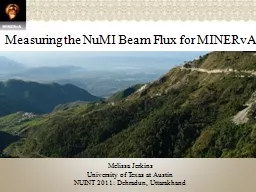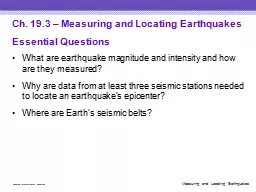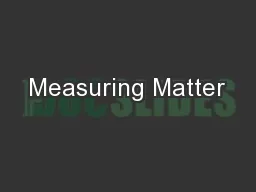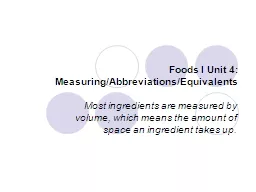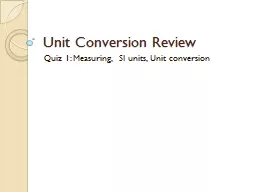PPT-Measuring Well-Being
Author : calandra-battersby | Published Date : 2016-11-20
Roy CarrHill for Radical Statistics 34 th February 2012 PREAMBLE In a provocative new study a pair of Nobel prizewinning economists Joseph E Stiglitz and Amartya
Presentation Embed Code
Download Presentation
Download Presentation The PPT/PDF document "Measuring Well-Being" is the property of its rightful owner. Permission is granted to download and print the materials on this website for personal, non-commercial use only, and to display it on your personal computer provided you do not modify the materials and that you retain all copyright notices contained in the materials. By downloading content from our website, you accept the terms of this agreement.
Measuring Well-Being: Transcript
Download Rules Of Document
"Measuring Well-Being"The content belongs to its owner. You may download and print it for personal use, without modification, and keep all copyright notices. By downloading, you agree to these terms.
Related Documents

